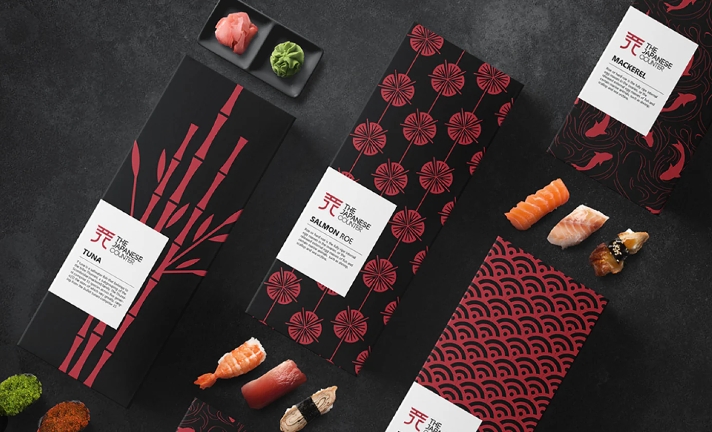Japanese packaging design is a unique and highly influential art form that combines centuries-old traditions with modern innovations.
Cultural Influence in Japanese Packaging Design
Japanese packaging design is deeply rooted in the country’s rich cultural heritage, with influences from traditional art forms such as origami, calligraphy, and kimono design.
The use of symbols and motifs from nature, such as cherry blossoms, waves, and birds, is common in Japanese packaging design, reflecting the appreciation and reverence for the natural world in Japanese culture.
Innovation in Japanese Packaging Design
Despite its traditional roots, Japanese packaging design also embraces innovation and modern technology. This can be seen in the use of high-quality materials, minimalist aesthetics, and cutting-edge printing techniques.
One example of this innovation is the use of furoshiki, a traditional Japanese wrapping cloth, as a sustainable and eco-friendly alternative to disposable packaging materials.
Another innovative approach is the use of QR codes and augmented reality technology on packaging to enhance the consumer experience and provide additional information about the product.
The Importance of Packaging Design in Japan
In Japan, packaging design is considered a crucial element in product marketing and consumer engagement. The attention to detail and thoughtfulness in packaging design is believed to reflect the quality and value of the product itself.
Packaging design is also a way for Japanese companies to differentiate themselves in a competitive market and establish a unique brand identity that resonates with consumers.
In conclusion, the art of Japanese packaging design is a harmonious blend of cultural influence and innovation. By drawing on traditional aesthetics and embracing modern technologies, Japanese packaging designers continue to push the boundaries of creativity and inspire admiration around the world.

